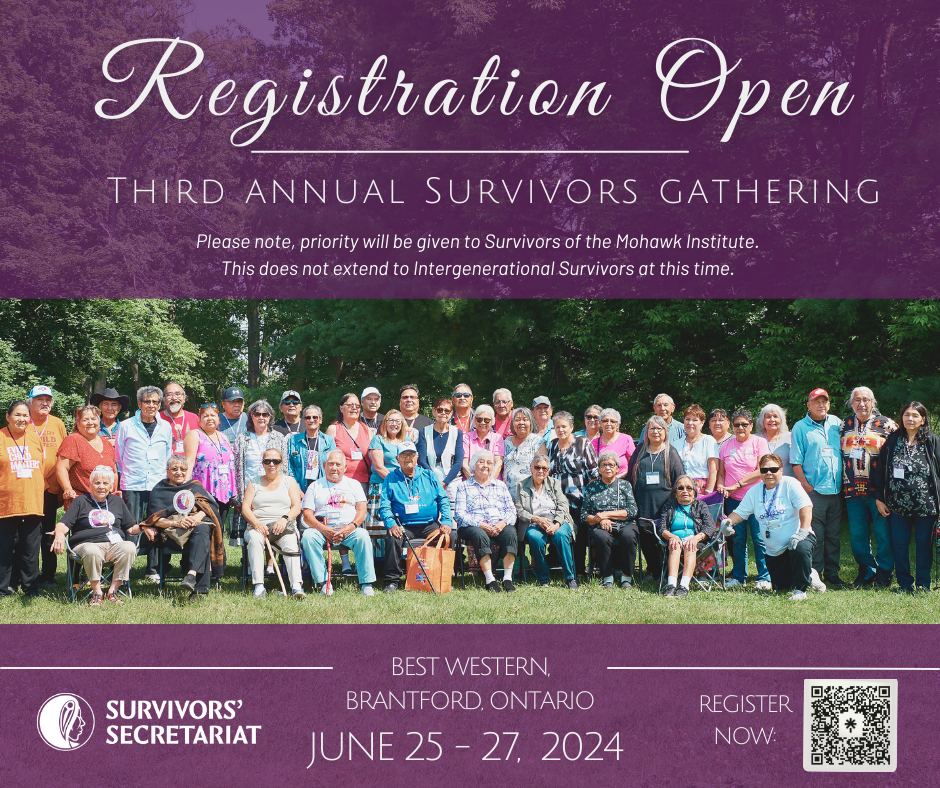Recovery, Reclamation and Revitalization
Survivor-Led
Trauma-Informed
Community-Involved
Supported by Haudenosaunee Law and Legal Principles
Respect for Nationhood and Nation to Nation Diplomacy
Our Mandate
Death Investigation
The Secretariat has appointed an Indigenous Human Rights Monitor and several Cultural Monitors to oversee the Police Task Force* in their search for the unmarked burials of Indigenous children on over 600 acres of land associated with the Mohawk Institute.
Statement Gathering
Thousands of children were taken to Indian Residential Schools, including the Mohawk Institute. The Secretariat will create opportunities for Survivors and intergenerational Survivors to share their statements to inform the truth in a culturally safe and trauma-informed way.
Research and Documentation
Community Accountability and Advocacy
The Secretariat will report to Survivors, leaders and community members on an ongoing basis and liaises with impacted First Nations by facilitating Nation to Nation dialogues.
Who We Are
The work of the Survivors’ Secretariat is guided directly by Survivors and is governed by a Board of Directors comprised of seven Survivors of the Mohawk Institute with the support and assistance of these administrators and experts.
Board of Directors
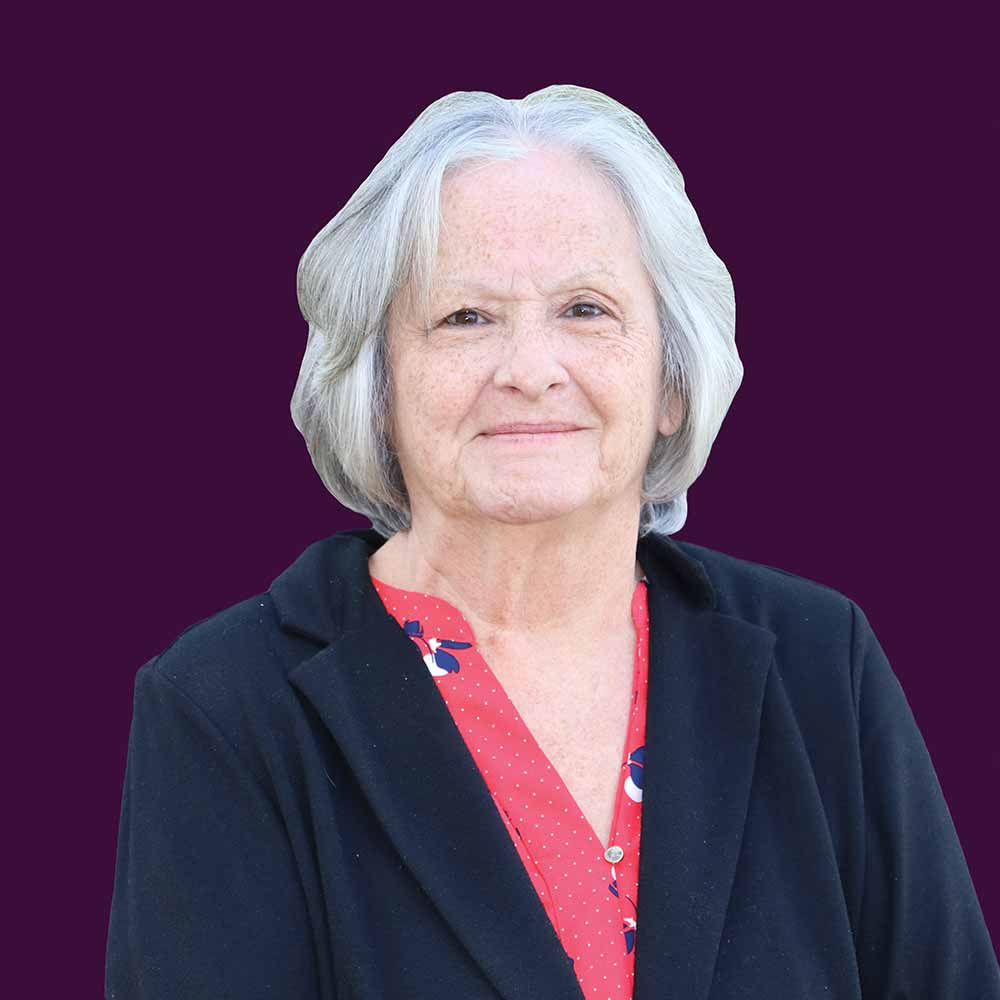
Roberta Hill
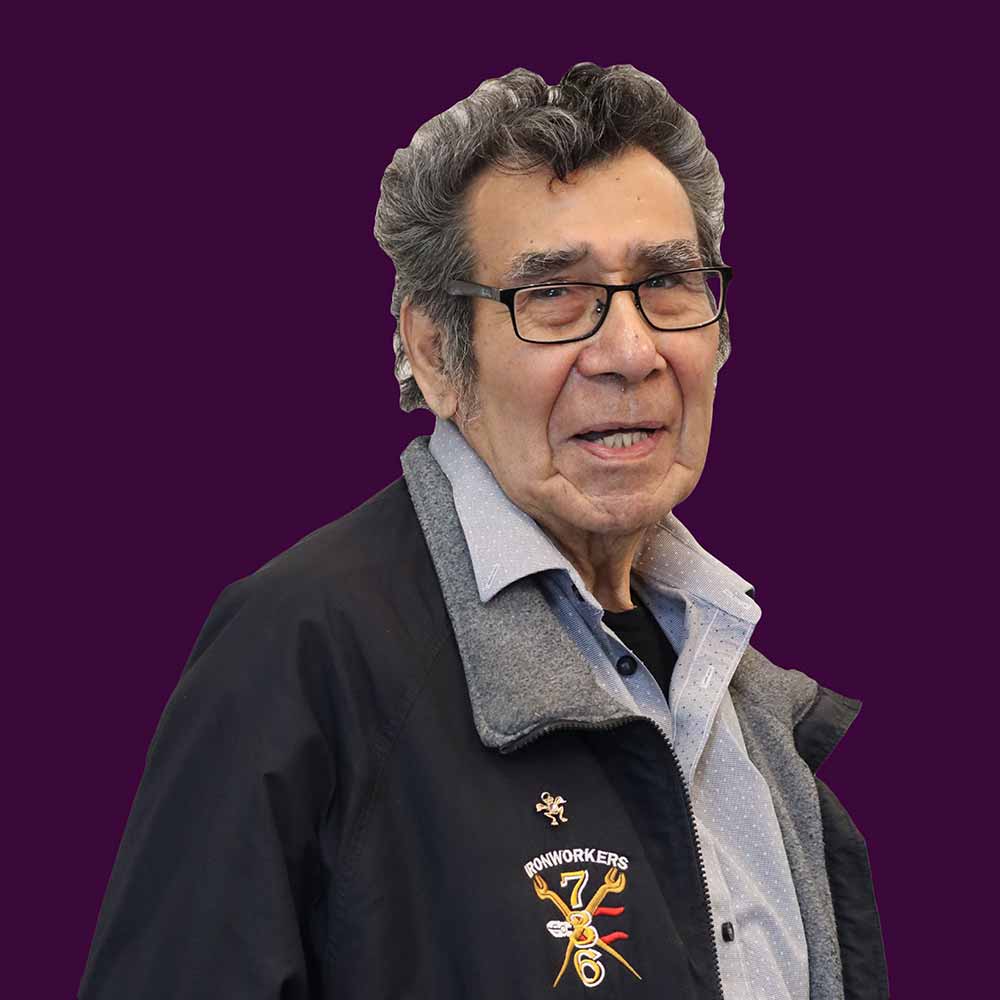
Geronimo Henry
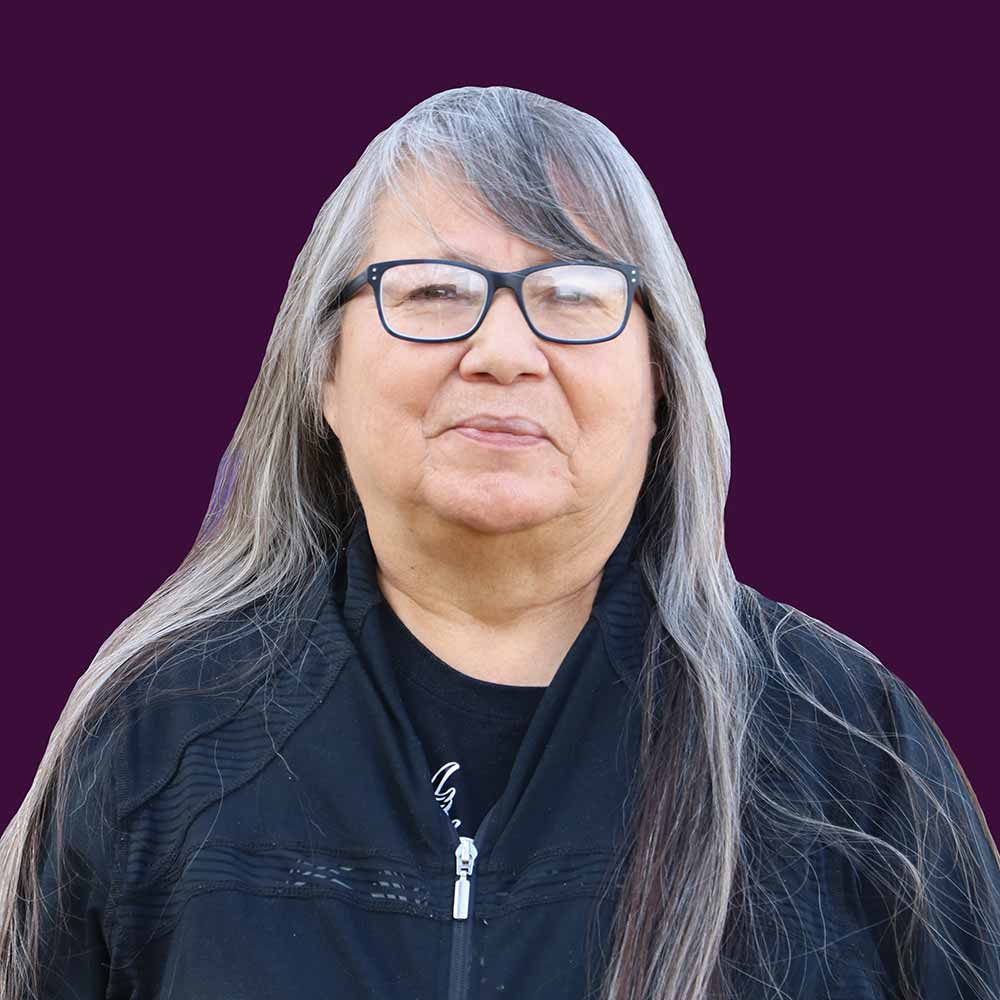
Sherlene Bomberry
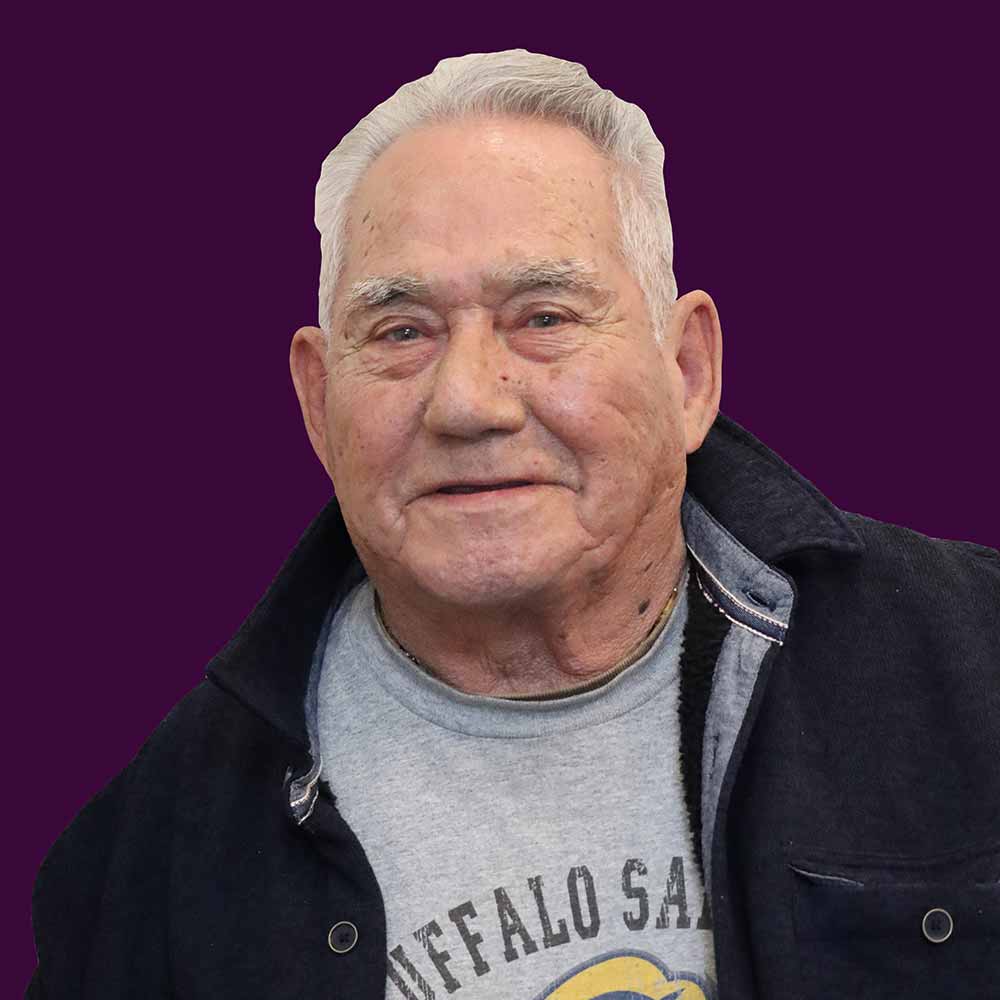
John Elliott
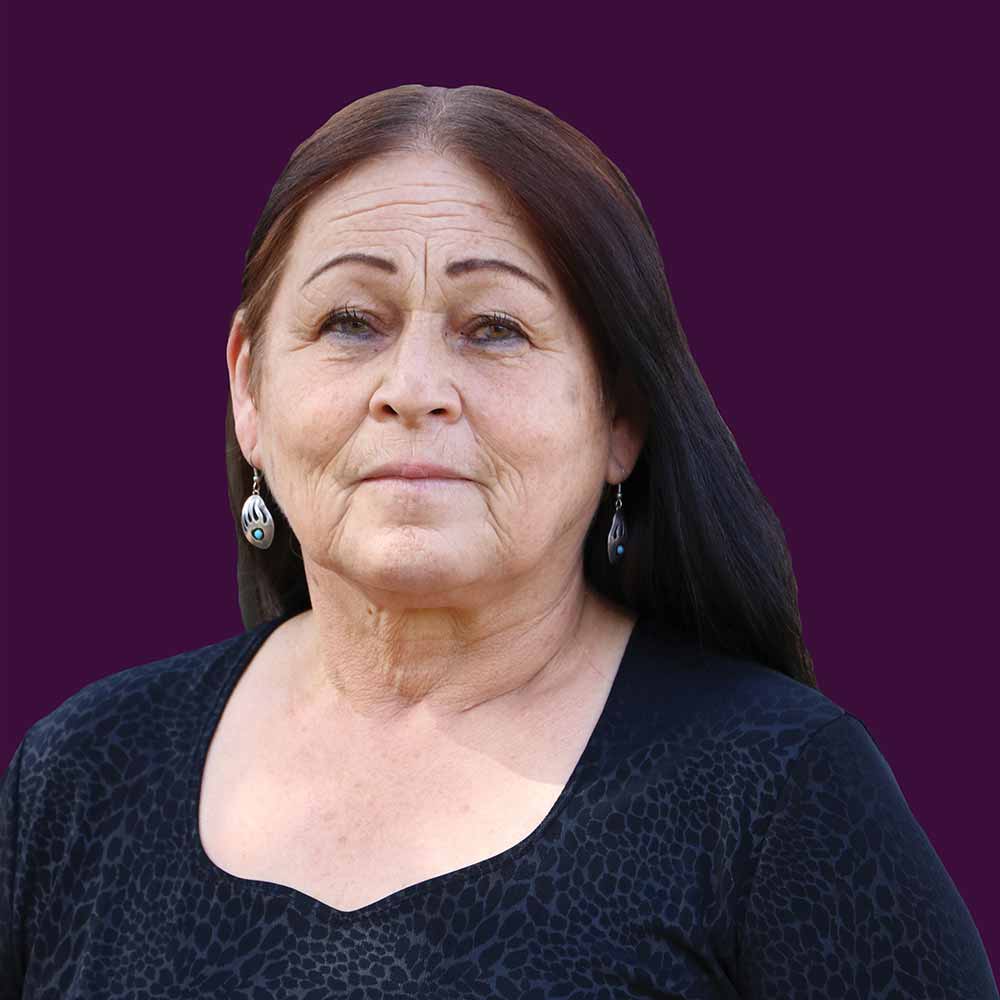
Diane Hill
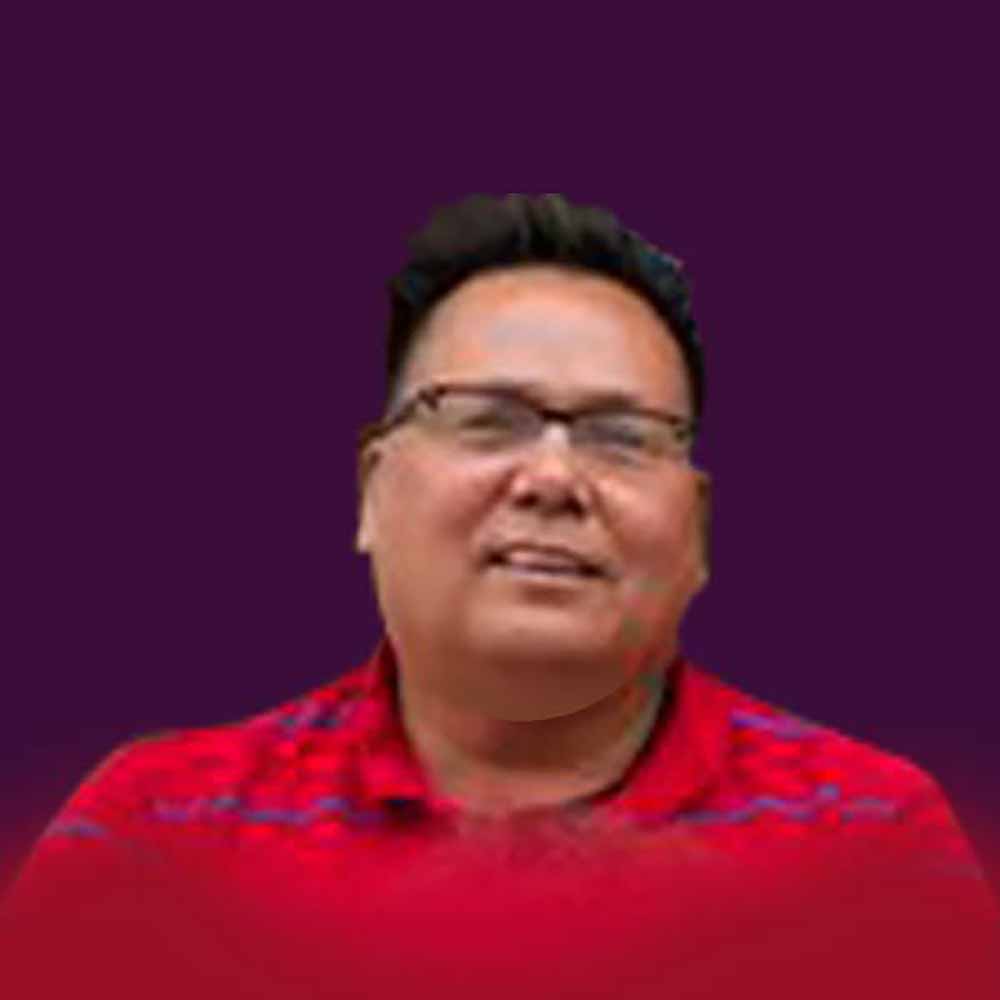
Anthony (Tony) Bomberry
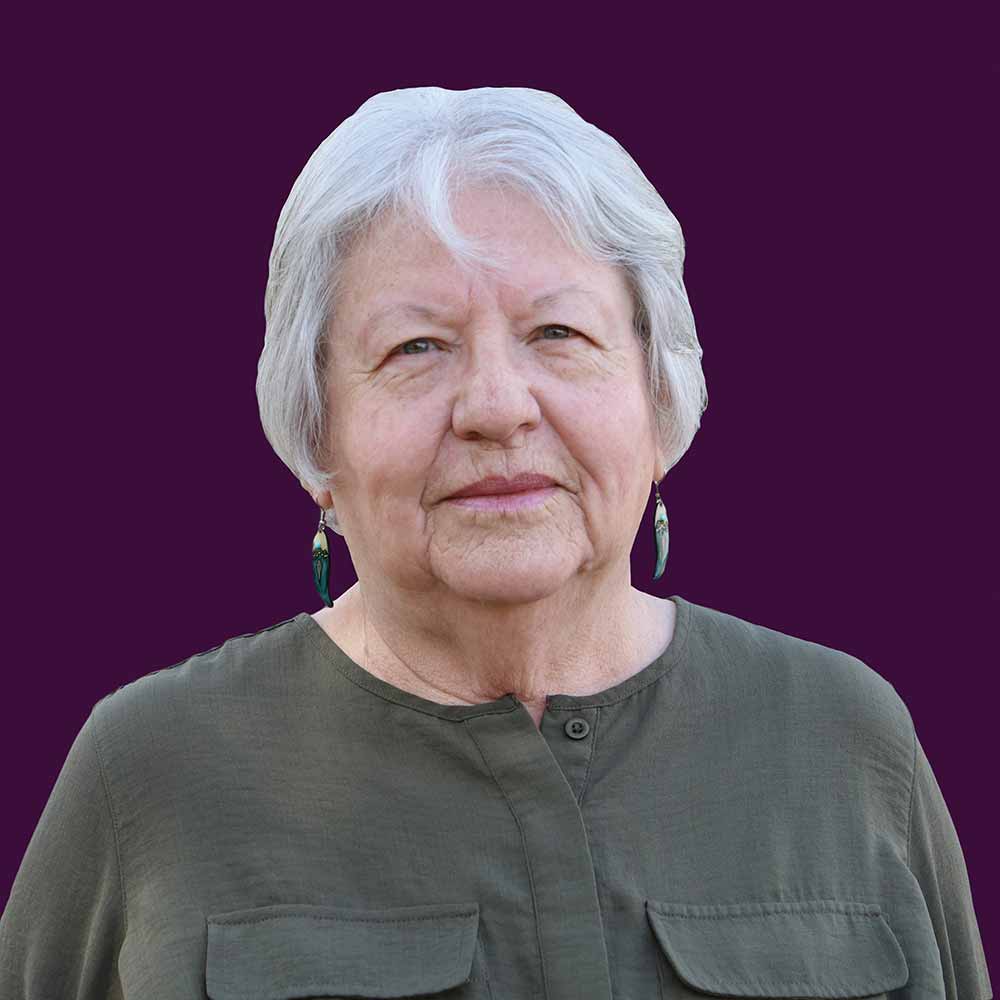
Dawn Hill
Administrators and Experts
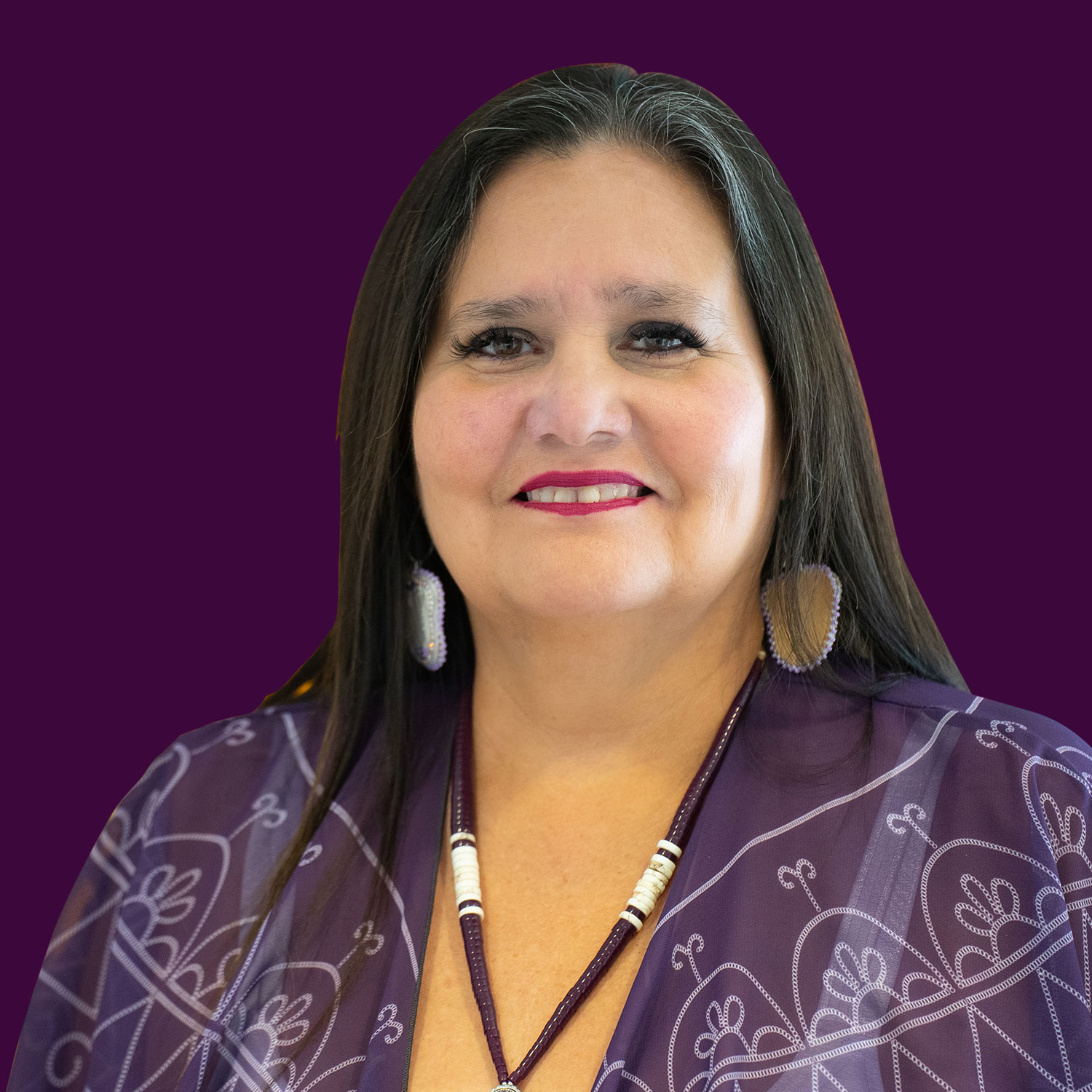
Dr. Beverly Jacobs
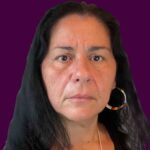
Laura Arndt
Secretariat Lead
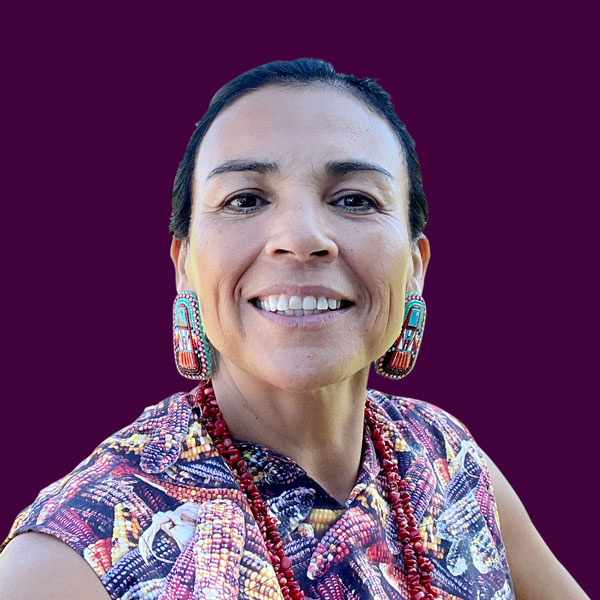
Wendy Hill
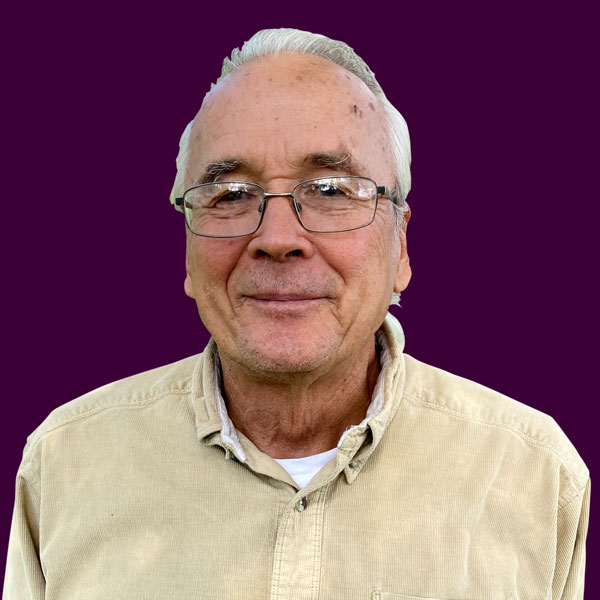
Peter Schuler
Our Logo
Stay Updated
Press Releases
Survivors’ Secretariat expresses concerns over the flow of federal funding
Survivors’ Secretariat Lead, Laura Arndt is raising concerns about the Federal Government’s plan to decrease and cap funding for communities looking into unmarked burials at
Blog
National Indigenous Languages Day March 31: Honoring Heritage, Fostering Revitalization
The observance of Indigenous Languages Day honours Indigenous languages in Canada. Celebrated since 1993, the day provides an opportunity for both non-Indigenous and Indigenous peoples
What was the Mohawk Institute?
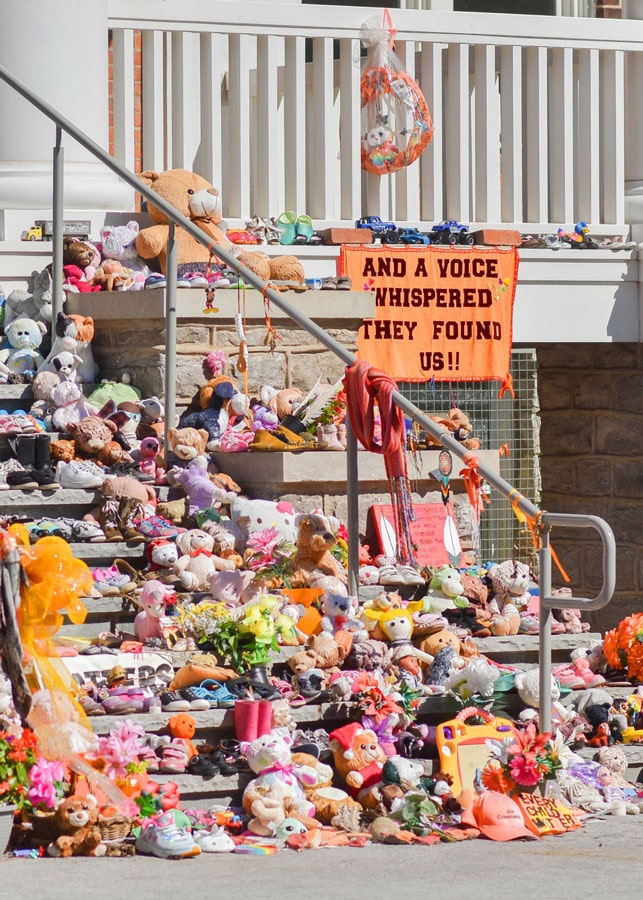
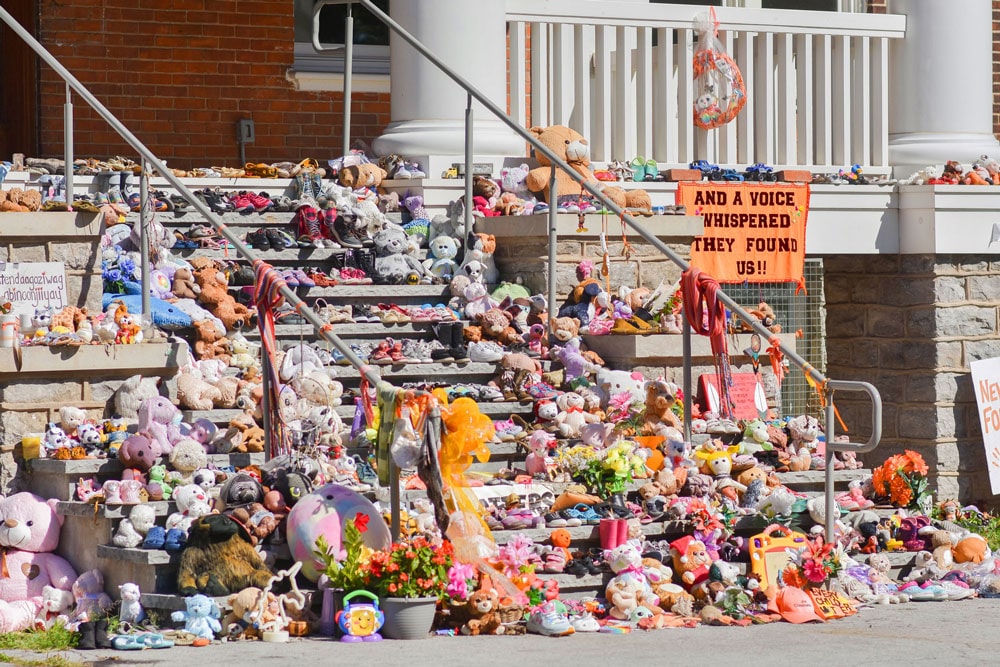
The Mohawk Institute was an Indian Residential School located in Brantford, Ontario. It was run by the Anglican Church of Canada and the Government of Canada from 1828 to 1970, making it the longest operating residential school in Canada. Between 90 and 200 children were forced to attend the school each year. These children were taken from Six Nations and many other First Nations.
The Mohawk Institute was part of Canada’s national Indian residential school system, which was designed to prevent Indigenous parents from passing on their culture, language, practices and beliefs to their children. Instead, the system worked to assimilate the children into the settlers’ white Christian culture. Attendance was mandatory and children were taken from their families, punished for speaking their own language, and forced to adopt Christian beliefs. The food at the Mohawk Institute was so bad that students called it the “Mush Hole.” Many children experienced physical, sexual, emotional and spiritual abuse at residential schools, including the Mohawk Institute. An untold number of children died and the location of their burials is unknown.
Impacted Communities
The Mohawk Institute took children from Six Nations as well as from many other First Nation communities. The Survivors’ Secretariat was created for all Survivors across the country who attended the Mohawk Institute, and for all Six Nations residential school Survivors who may have attended other residential schools in Canada.
The map below will continue to be updated with new information as we continue to document the school’s impact on Indigenous communities.
The data we have collected involves stories of Survivors who were taken from their communities and forced to attend the Mohawk Institute. As children, these Survivors were placed on unfamiliar modes of transportation, such as trains and planes, and taken to residential schools across the country. These Survivors were often alone, and reported not being able to say good-bye to their families before leaving their communities.
The Survivors’ Secretariat continues to collect data and records on the number of children who attended the Mohawk Institute. Based on the records the Survivors’ Secretariat has collected so far, it is indicated that there are many undetermined communities where children were taken from. At this time, it is unknown as to how many children attended the Mohawk Institute during its time of operation, as well as which community they came from.
total Number CHILDREN Taken
4,642
Nation
Children Taken
Abitibiwinni First Nation
4
Alderville First Nation
5
Algonquins of Greater Golden Lake First Nation
4
Aamjiwnaang First Nation
48
Algonquins of Pikwàkanagàn First Nation
1
Aundeck Omni Kaning First Nation
1
Beausoleil First Nation
32
Brunswick House First Nation
1
Chippewas of Kettle and Stony Point First Nation
35
Chippewas of Georgina Island First Nation
2
Chippewas of Nawash Unceded First Nation
27
Chippewas of Rama First Nation
13
Chippewas of the Thames First Nation
46
Cree First Nations of James Bay
1
Cree First Nation of Waswanapi
1
Cree Nation of Chisasibi
1
Cree Nation of Eastmain
3
Cree Nation Of Mistissini
60
Cree Nation of Nemaska
3
Nation
Children Taken
Cree Nation of Waskaganish
28
Cree First Nation Of Waswanipi
122
Curve Lake First Nation
25
Deer Lake First Nation
18
Delaware Nation of Moraviantown
72
Deshkan Ziibiing Chippewa of the Thames First Nation
1
Eabametoong First Nation
8
Fort Severn First Nation
15
Fort William First Nation
1
Hiawatha First Nation
9
Kanehsatà:ke
3
Kasabonika First Nation
1
Long Lake #58 First Nation
5
Kiashke Zaaging Anishinaabek / Gull Bay First Nation
2
Kitchenuhmaykoosib Inninuwug First Nation
47
Mishkeegogamang First Nation
25
Mississaugas Of Scugog Island
6
Mississaugas of the Credit First Nation
48
Mohawk Nation of Akwesasne
5
Mohawks of Kahnawá:ke
37
Nation
Children Taken
Mohawks of the Bay of Quinte / Tyendinaga
114
Moose Cree First Nation
9
Munsee-Delaware Nation
66
Niisaachewan Anishinaabe Nation
1
Northwest Angle #33 First Nation
1
Oneida Nation of the Thames
96
Saddle Lake Cree Nation
1
Sagamok Anishnawbek First Nation
3
Saugeen First Nation
44
Six Nations of the Grand River
898
St Regis Mohawk Tribe
35
Sucker Creek First Nation
1
Tuscarora First Nation
100
Ungava Bay First Nation
1
Wabaseemoong Independent Nation
3
Wahta Mohawks
17
Walpole Island First Nation
102
Wasauksing First Nation
22
Wemindji Cree Nation
1
Wunnumin Lake First Nation
1
CHILDREN TAKEN UNKNOWN COMMUNITIES (No Community Identified)
2360
